RARE! Original WWII April 1942 Normandy D-Day British Landing Craft Blueprint
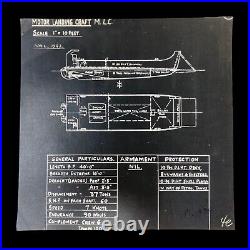
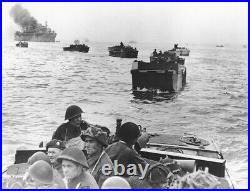
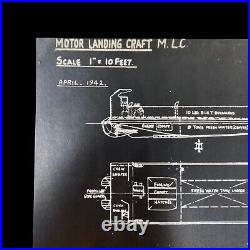
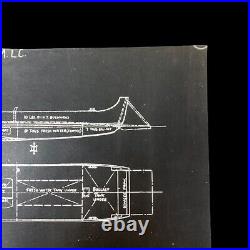
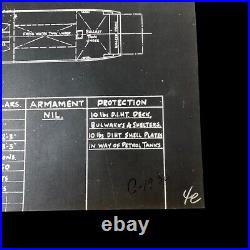
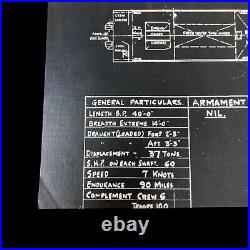
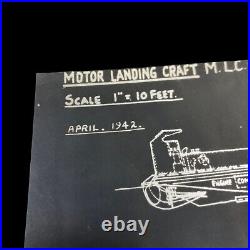
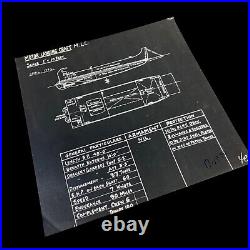
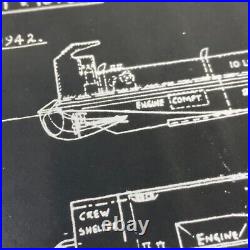
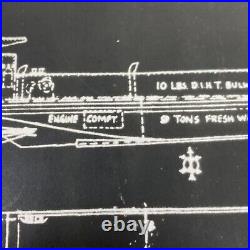
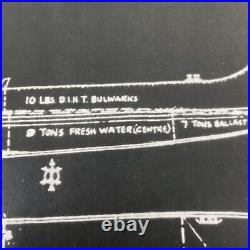
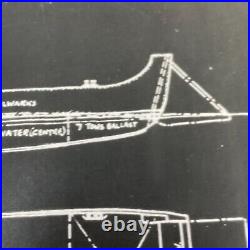
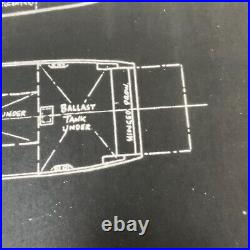
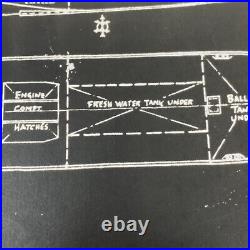
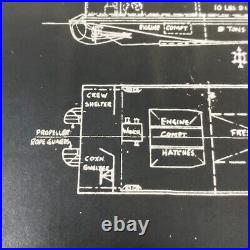


And a full historical write-up. This incredibly rare and museum-grade original WWII LCM Mark 1 blueprint diagram was used during the design, constriction, and repair of the British LCM Mark 1 during World War II. Dated April 1942 this blueprint features detailed specs of the LCM during the design process. The LCM Mark 1 played a central role in some of the most critical campaigns of World War II. Perhaps the most famous of these was the Normandy Landings on June 6, 1944, commonly known as D-Day.
Their shallow draft allowed them to traverse the relatively shallow waters close to the shore, enabling troops to land safely and efficiently. The British Landing Craft, Mechanized (LCM) Mark 1 during World War II was a crucial component of the Allied amphibious operations, playing a pivotal role in the successful execution of key military campaigns. The LCM Mark 1 was a product of wartime innovation and engineering excellence, and its impact on the war effort cannot be overstated. The concept of the Landing Craft, Mechanized (LCM) was born out of the need for a more efficient and effective method of landing troops and equipment during amphibious operations. These methods were not only inefficient but also exposed the troops to significant risks, making it imperative to develop a dedicated landing craft.
The LCM Mark 1 was designed and developed to address these challenges. It was a flat-bottomed vessel constructed primarily of steel and designed to carry a variety of cargo, including infantry, light vehicles, and supplies.
The craft measured approximately 50 feet in length and was powered by a gasoline engine, providing it with the necessary speed and maneuverability for its intended purpose. One of the key strengths of the LCM Mark 1 was its adaptability.
These landing craft were capable of carrying a range of equipment and could easily be modified to accommodate various mission requirements. Some were fitted with armored plating to provide additional protection for troops, while others were equipped with machine guns to suppress enemy fire during the landing. The LCM Mark 1 was also designed to be easy to transport, making it suitable for use in a wide range of environments.
This versatility made them indispensable during the war, as they could be used in a variety of roles, from beach landings during major operations like D-Day to smaller, more covert missions behind enemy lines. LCM Mark 1s were also instrumental in the Pacific theater of the war, where they played a significant role in island-hopping campaigns. These campaigns, such as the Battle of Tarawa, saw the U. And its allies capturing key islands from Japanese forces. The LCM Mark 1's ability to land troops and equipment on beaches played a crucial role in these operations, allowing the Allies to establish a foothold on hostile territory.The LCM Mark 1 was known for its durability and reliability, qualities that were vital for the success of amphibious operations. Soldiers and marines relied on these landing craft to get them ashore safely in the face of hostile fire, and the LCM Mark 1 rarely disappointed. The craft's robust construction and effective design enabled it to withstand the rigors of beach landings, including rough seas, obstacles, and enemy fire. The LCM Mark 1 left an enduring legacy in the realm of military technology and tactics.
It served as a precursor to the development of more advanced landing craft and amphibious assault vehicles that would come into use in later conflicts. Its success during World War II also highlighted the importance of dedicated landing craft in modern warfare. Furthermore, the LCM Mark 1 underscored the significance of amphibious operations as a viable military strategy. The ability to rapidly deploy troops and equipment from the sea to the land became a hallmark of modern warfare, and the lessons learned from the use of the LCM Mark 1 continue to inform military doctrine to this day. In conclusion, the British Landing Craft, Mechanized (LCM) Mark 1 was an indispensable component of the Allied war effort during World War II.Its design, adaptability, and versatility made it a key tool for executing successful amphibious operations in theaters across the world. Its role in major campaigns, endurance, and reliability underscore its importance in military history, leaving a lasting legacy that continues to influence modern military operations and the development of landing craft.
The LCM Mark 1 serves as a testament to the ingenuity and determination of those who sought innovative solutions to the challenges of war, ultimately contributing to the victory of the Allies in World War II.
